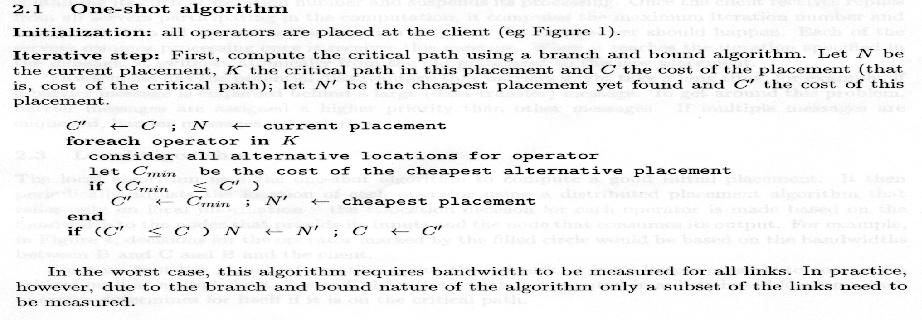
1.1. First of all, let's look at some interesting figures
extracted from one of the NAS Technical Reports - 'Scientific
Visualization in High-Speed Network Environment', Vaziri A. NASA Technical
Report.
1.2. "Adapting to Bandwidth Variations in Wide-Area Data Combination", Ranganathan M., Acharya A. and Saltz J., National Institute of Standards and Technology, Gaithersburg, MD. Technical Report.

This paper describes an approach for transferring volume image data by dapting to large variations in available network bandwidth based the fact that the communication cost dominates the total system response time in the Internetwork environment. The implementation is a system of many 'operators' (servers) communicating with a central server to, which dynamically retrieves images from various geographically sites and combine them together before delivering to the intended users. Three algorithms are developed and implemented to monitor local and global network bandwidth status in order to make intelligent decisions (adapting a combination plan). The network bandwidth status is constantly monitor and the system is receiving these information as inputs for calculating the critical path for an image to be quickly delivered.
(1) 'One-Shot' Algorithm: is initiated at the begining of a session to decide which 'operator' takes the job.

(2) 'On-line' local algorithm runs at real time to dynamically
reposition the operators. the 'one-shot' algorithm is used to calculate
a 'good' placement based on the
local information between two hosts.
(3) 'On-Line' global algorithm is run periodically and
currently with the actual computation. it also uses the 'one-shot' algorithm
to calculate the initial placement to
calculate the new placements. If a change-over
should take place, the message will be braodcast to all the servers.